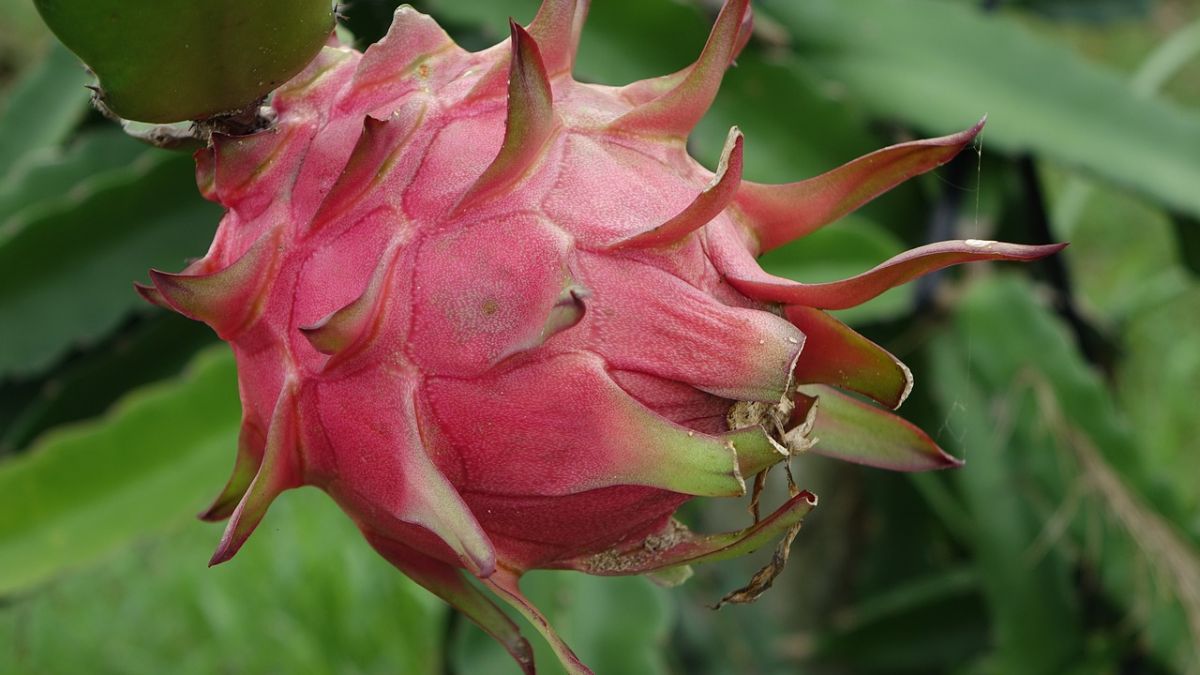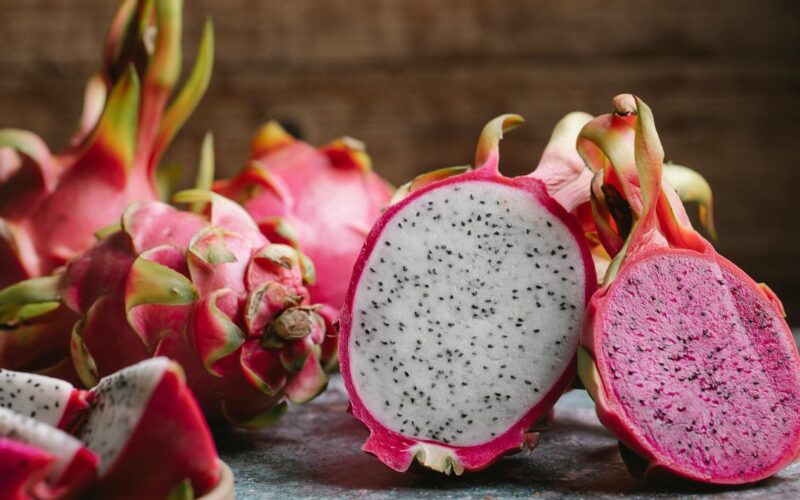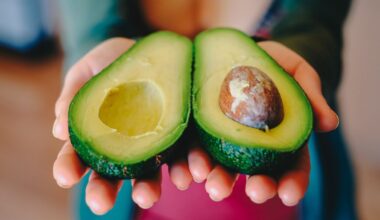Dragon fruit, also known as pitaya, is a visually stunning tropical fruit renowned for its vibrant appearance and unique flavor. Here are 10 fascinating facts that unravel the wonders of this exotic fruit:
Unique Appearance
Dragon fruit features a distinctive appearance with its bright pink or yellow skin and spiky scales, resembling a flame-like shape. When sliced open, its flesh reveals a contrasting white or pink interior speckled with tiny black seeds.
Tropical Origin
Native to Central and South America, dragon fruit is cultivated in tropical and subtropical regions worldwide. It thrives in warm climates and is grown in countries like Vietnam, Thailand, Mexico, and Israel, among others.
Varieties
There are several varieties of dragon fruit, with the most common being the Hylocereus undatus (white-fleshed with pink skin) and the Hylocereus costaricensis or Hylocereus polyrhizus (red-fleshed varieties with either pink or yellow skin).
Nutritional Powerhouse
Dragon fruit is a nutritional powerhouse, low in calories and rich in essential nutrients. It contains vitamins C, B, and antioxidants, as well as minerals like calcium, iron, and magnesium, offering various health benefits.
Health Benefits
Consuming dragon fruit can promote overall health. Its antioxidant properties help combat free radicals, contributing to healthier skin and a stronger immune system. Additionally, its fiber content aids in digestion and can support weight management.

Culinary Uses
The versatile nature of dragon fruit allows it to be used in various culinary creations. Its mildly sweet taste and visually appealing appearance make it a popular addition to fruit salads, smoothies, desserts, and even savory dishes.
Cultivation
Dragon fruit is grown from cacti known as Hylocereus, which produce large, night-blooming flowers. The fruit develops from these flowers and typically takes around 30-50 days to mature, depending on the variety and growing conditions.
Pollination Process
The pollination of dragon fruit flowers is primarily done by nocturnal creatures like bats and moths due to their nighttime blooming cycle. Human-assisted pollination is also employed in commercial cultivation to ensure a higher yield.
Harvesting and Handling
Ripe dragon fruit is harvested by hand to prevent damage to the delicate skin. The fruit should be firm but slightly soft to the touch and have a sweet aroma. After harvesting, it can be stored in the refrigerator for up to a week.
Global Popularity
In recent years, dragon fruit’s popularity has surged worldwide due to its exotic appearance, nutritional value, and versatility in various cuisines. Its appeal as a healthy and visually appealing fruit has made it a sought-after choice in markets and supermarkets globally.
Dragon fruit’s striking appearance, nutritional richness, and versatility make it a prized addition to the world of tropical fruits. Whether consumed for its health benefits or as a visually appealing ingredient in culinary creations, this exotic fruit continues to captivate taste buds and attract attention for its unique attributes. The growing global fascination with dragon fruit underscores its status as not only a delicious fruit but also a symbol of exoticism and health-conscious culinary trends.










